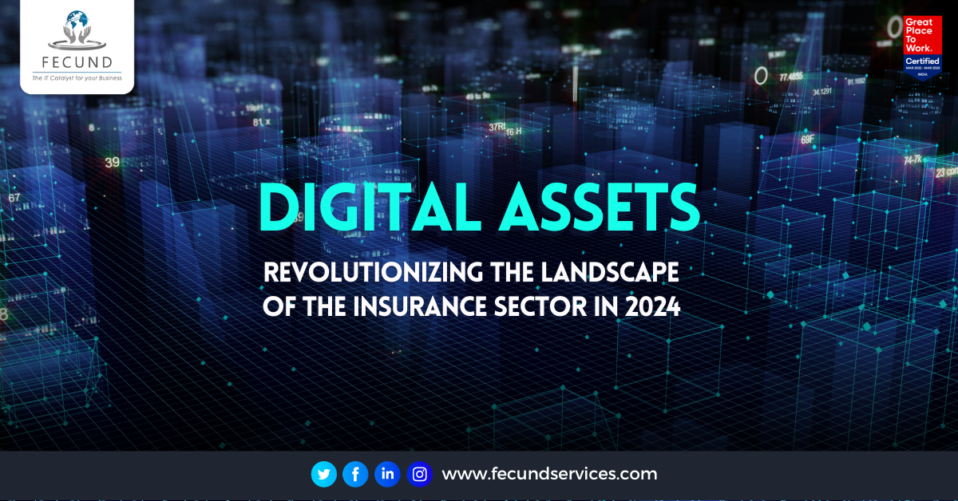
Five technologies are helping underwriters prevent fraud.
Underwriting is the foundation of the insurance industry. Underwriting matches the risk with the right premium. It allows the correct level of risk to enter the insurance industry. As technology grows, the insurance industry faces issues with cybersecurity. Technology scams include application and claim fraud, forgery, identity theft, and underwriting fraud. Underwriting fraud occurs when someone intentionally misleads or covers the information at any stage of the insurance life cycle. Fraud in underwriting consists of many dimensions. Fraud can vary from minute changes in the identity or a complete change in the information. The intensity of the fraud impacts the insurance business. The impact can incur huge losses. To prevent business fraud and keep the customer data safe, insurance companies use technologies.
Insurance underwriters are responsible for collecting information about the insurance proposal. This information help with quoting a price as a premium amount. To get information easier and faster the underwriter should use the new technologies. These technologies improve underwriting and prevent fraud.
Here are some technologies that help underwriters:
Identity confirmation:
Identity theft is on the rise, and the insurance industry is not an exception. ID confirmation is crucial to protect businesses and customers from identity fraud. For ID confirmation, insurance companies use two steps:
1. ID Verification
2. ID Authentication
Comprehensive integration, razor-sharp biometrics help detect digital manipulation of content, images, and photos. These technologies are part of ID verification. It ensures that users/customers provide information associated with a real person’s identity. ID verification consists of data matching and validating. This helps select the actual customers and proceed with customer onboarding. ID verification is a one-time process. Only authorized changes in the identity of the person or businesses can make.
ID authentication is a security layer to determine if the applicant is whom they say they are. It is using to protect customer accounts from unauthorized access. ID authentication protects customer’s shared data from getting misused.
For example, ID verification takes place for creating a policy account. It includes ID and personal detail submission and verification.
ID authentication takes place every time customers login into their accounts. Authentication includes email, message, or calls verification with One Time Password.
External data sources:
External data add some micro and macro information into data. This information can highlight some informative areas. The information like rate of unemployment, level of education, level of income. This add-on information can lead to new insights. Data can be collected from different database resources. Government data, industry-specific data, economic data, public statistical data, external fund performance data are some examples of an external database. Data collected from the resources are then sorted and filtered to get meaningful insights. To collect, filter, sort and analyze underwriter can use data mining technologies.
Machine learning and predictive analytics:
Insurance technology consists of predictive analytics, machine learning, artificial intelligence, data mining, and more. All these technologies can detect fraud at any level of the insurance life cycle. When potential fraud is determined at the early stage, it saves the business from incurring huge losses.
You can read more about predictive analytics in our latest blog:
Importance of predictive analytics in insurance
New technologies:
Data reinforcement, entity resolution, and anomaly detection technologies help early detection of fraud. Data reinforcement is machine learning technology involved with how intelligent agents ought to take steps in an environment to maximize the notion of collective reward. Entity resolution is a statistical technique that determines if two entities are the same or different. The anomaly technique helps to identify outliers in data to find rising fraud schemes. Using these technologies, the underwriter can check the analytics of the applicant and make a clear decision.
Link Analysis:
It is a technique used to check and estimate connections between data. Link analysis is also known as network visualization as it is a graphical representation of data. The link analysis contains Nodes and Edges. Nodes represent business, people, person, and Edges denote the relationships between nodes. It is the fastest and easiest way to identify the network between all the provided data. For example, A person shares information about his/her job, home, and the current city he lives in, link analysis technology tries to connect all the data provided by the person. This data will then shown in the graphical format with interlinks. Underwriters can check and understand the connections and find any fraudulent data. Underwriters can detect fraud if there is any sudden increase in the network. The unaffected chain grows steady and slower.
Conclusion:
To protect the insurance business from fraud underwriter needs real data. New technologies help underwriters from preventing fraud by collecting, sorting, and validating data.




Post a comment